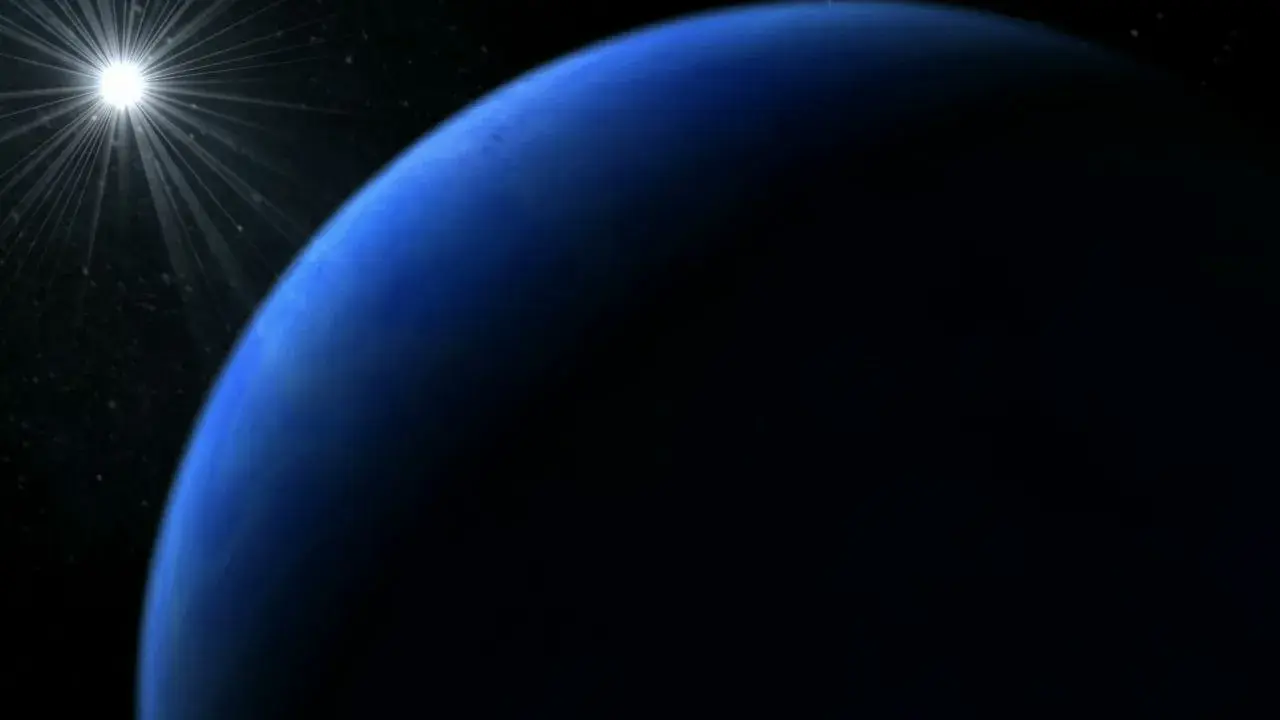Updated 17 December 2023 at 16:56 IST
NASA finds 17 exoplanets with potentially vast oceans that could be suitable for life
A new NASA study has indicated that as many as 17 exoplanets may have oceans beneath their icy shells providing suitable conditions for life.
- Science News
- 2 min read

A new NASA study has indicated that as many as 17 exoplanets may have oceans beneath their icy shells, hinting at the possibility of life beyond our solar system.
Interestingly, these exoplanets are in similar conditions as Jupiter's Moon Europa and Saturn's Enceladus which does not receive sufficient sunlight but still has liquid oceans beneath its icy crust.
"Our analyses predict that these 17 worlds may have ice-covered surfaces but receive enough internal heating from the decay of radioactive elements and tidal forces from their host stars to maintain internal oceans," explained Dr. Lynnae Quick of NASA’s Goddard Space Flight Center.
Scientists believe that the ocean-bearing Moons and planets could harbour life if they have ample supply of elements and biological compounds where life could thrive.
Advertisement
The recent study has found that water from the said exoplanets occasionally erupt into outer space. “Thanks to the amount of internal heating they experience, all planets in our study could also exhibit cryovolcanic eruptions in the form of geyser-like plumes," Quick further said.
According to NASA, these exoplanets are roughly Earth-sized but less dense and much colder, suggesting that their surfaces are covered in ice. Scientists also say that the planets are less dense indicating that they could have substantial amounts of ice and water.
Advertisement
Quick said that geyser activity on two of the 17 planets - Centauri b and LHS 1140 b - could exceed Europa's by hundreds to thousands of times. Moreover, the expert said that they would study the geyser activity by scrutinising the starlight through the plumes when the planets pass in front of their star.
"Since elements and compounds absorb light at specific “signature” colors, analysis of the starlight would let scientists determine the geyser’s composition and evaluate the exoplanet’s habitability potential," said NASA.
Published By : Harsh Vardhan
Published On: 17 December 2023 at 16:56 IST
